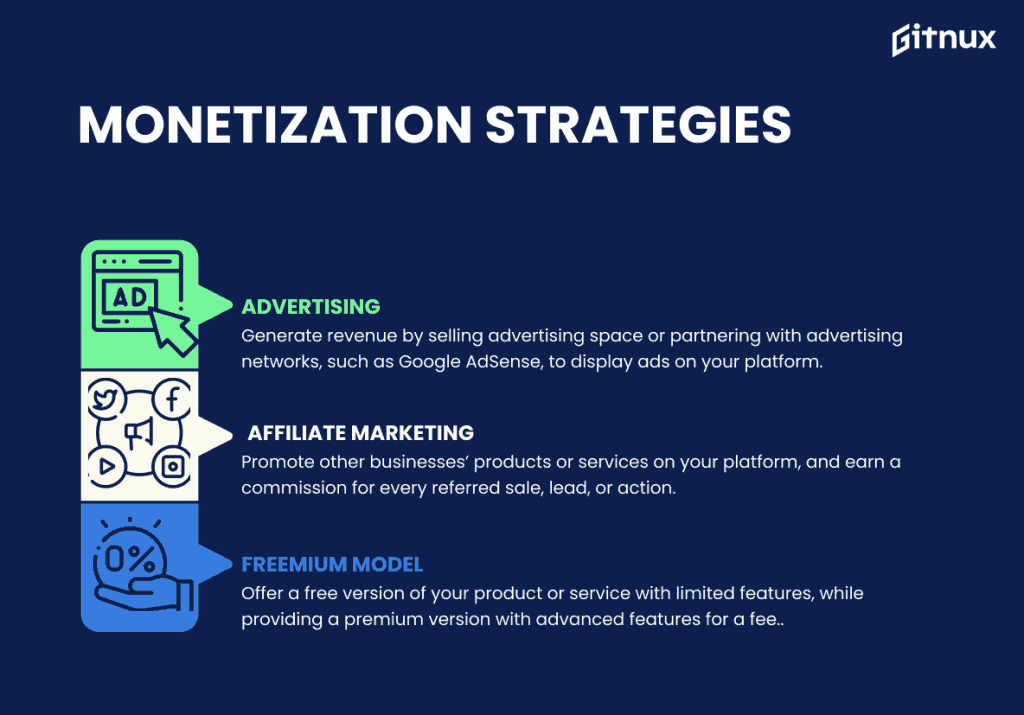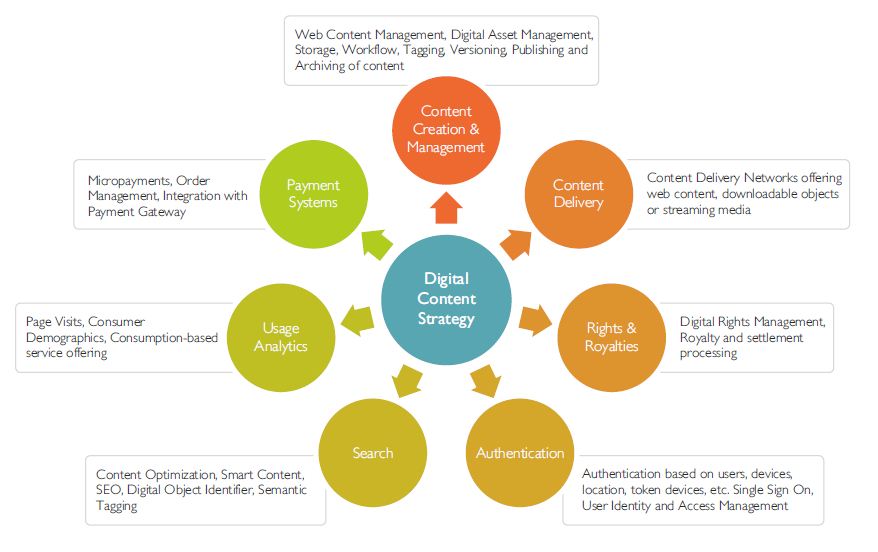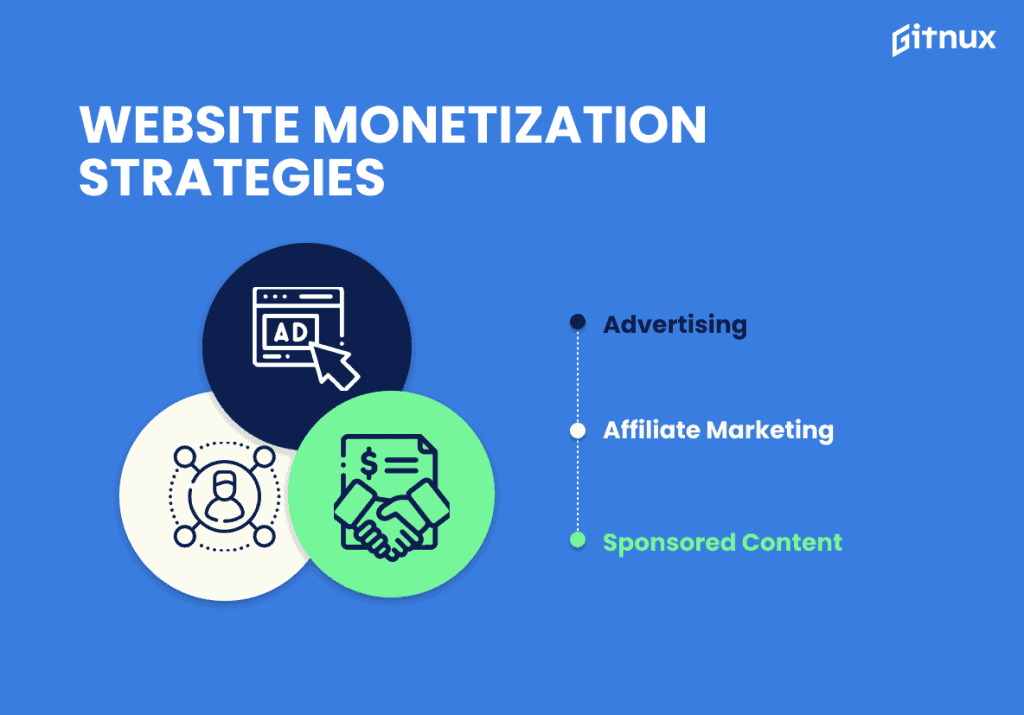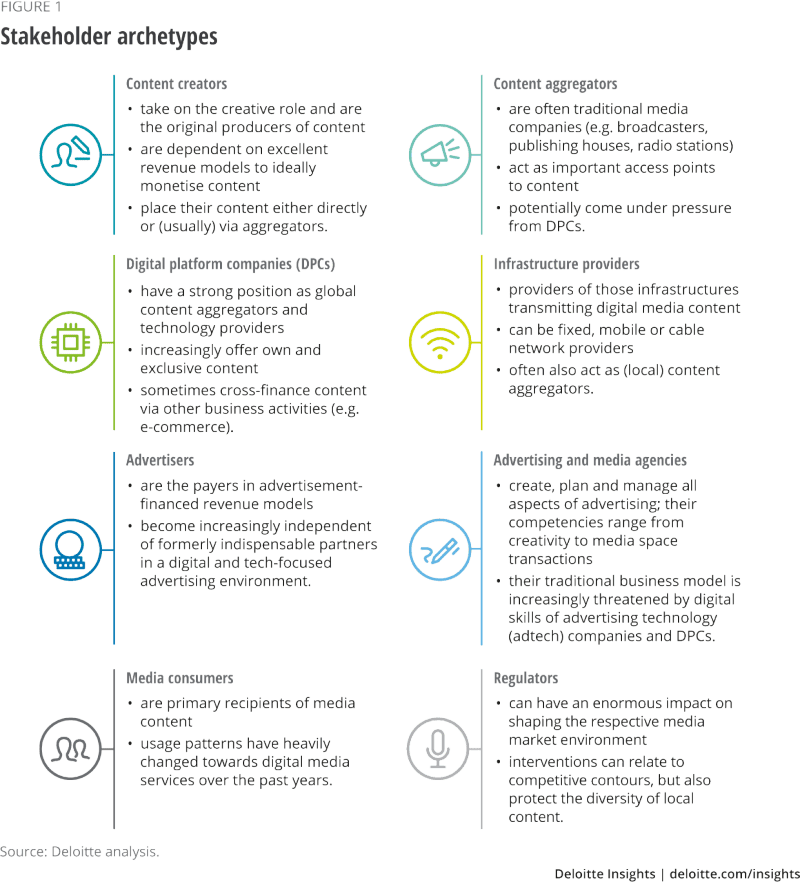Monetizing Strategies for Digital Ads
Imagine being able to turn your digital ads into a lucrative revenue stream. In this article, we will explore the various strategies that can help you monetize your digital ads effectively. From understanding the intricacies of display ads to leveraging native advertising, we will take you on a journey to uncover the secrets behind making real money from your online advertising efforts. So, sit back and get ready to discover the world of monetization strategies for digital ads. Let’s dive in!
Monetizing Strategies for Digital Ads
Understanding the Basics of Digital Ads
digital ads have become an integral part of our online experience. They are everywhere we go on the internet, from websites and social media platforms to mobile apps. But have you ever wondered how these digital ads actually make money? In this comprehensive article, we will explore various monetizing strategies for digital ads and shed light on the different ways they generate revenue.
Cost-per-Click (CPC) Advertising
Cost-per-Click (CPC) advertising is one of the most popular ways to monetize digital ads. With CPC advertising, advertisers pay publishers a certain amount for each click their ad receives. This means that the publisher only earns money when someone clicks on the ad, and the advertiser only pays when their ad generates actual traffic to their website or landing page.
CPC advertising is typically used in search engine advertising, where ads are displayed alongside search results. For example, when you perform a Google search, you might notice sponsored ads at the top or bottom of the search results page. Each time you click on one of these ads, the advertiser pays Google a predetermined amount, and Google shares a portion of that revenue with the publisher, who hosts the ad on their website.
Cost-per-Impression (CPM) Advertising
Unlike CPC advertising, which focuses on clicks, Cost-per-Impression (CPM) advertising is based on the number of times an ad is displayed to users, regardless of whether they interact with it or not. In CPM advertising, publishers are paid a certain amount for every thousand impressions their ad receives. Impressions refer to the number of times an ad is viewed by users.
CPM advertising is commonly used in display advertising, where ads are shown on websites or social media platforms. For example, you might notice banner ads displayed on the sidebar of a blog or within your news feed on Facebook. Each time the ad is shown to a thousand users, the advertiser pays the publisher a predetermined amount, regardless of whether those users engage with the ad or not.
Cost-per-Action (CPA) Advertising
Cost-per-Action (CPA) advertising is a performance-based model where publishers earn money for specific actions taken by users, such as making a purchase, signing up for a newsletter, or filling out a form. With CPA advertising, advertisers pay publishers a commission for each successful action generated by their ad.
CPA advertising is commonly used in affiliate marketing, where publishers promote products or services on their platforms and earn a commission for every sale or lead they generate. This form of advertising can be highly effective because advertisers only pay when a desired action is completed, making it a low-risk investment for them.
Affiliate Marketing as a Monetization Strategy
Affiliate marketing is a popular monetization strategy where publishers earn a commission for promoting products or services on their platforms. Publishers, also known as affiliates, can include bloggers, influencers, or content creators who leverage their online presence to recommend or endorse products.
As an affiliate, you can sign up for affiliate programs offered by various companies or platforms. Once approved, you will receive unique affiliate links that you can promote on your website, blog, or social media. When users click on these links and make a purchase, you earn a commission.
Affiliate marketing allows publishers to monetize their platforms without creating their own products or services. It provides an opportunity to generate passive income by leveraging your audience and recommending products that align with your niche or audience’s interests.
Native Advertising and Sponsored Content
Native advertising and sponsored content are monetization strategies where ads blend seamlessly with the publisher’s content, creating a non-disruptive and less intrusive user experience. Native ads match the design and format of the platform on which they are displayed, making them appear more like editorial content rather than traditional ads.
Publishers can earn money through native advertising by integrating sponsored content within their articles, blog posts, or social media posts. These ads are often labeled as “sponsored” or “suggested” to clearly differentiate them from the rest of the content. By integrating native ads in a subtle and relevant manner, publishers can provide value to their readers while generating revenue.
Video Ads and In-Stream Monetization
video ads have gained tremendous popularity in recent years, thanks to the rise of video-sharing platforms like YouTube and social media platforms that support video content. In-stream video ads are displayed before, during, or after a video, providing an opportunity for publishers to monetize their video content.
Publishers can participate in video ad programs offered by platforms like YouTube, where ads are displayed on their videos. They earn money based on factors such as the number of video views, ad impressions, or clicks generated by viewers. The revenue generated through video ads can vary depending on factors like the length of the video, the ad format, and the viewer engagement.
Publishers can also leverage video-sharing platforms to create sponsored content or product placements within their videos. By partnering with brands or advertisers, publishers can earn money through sponsored videos while providing valuable and engaging content to their audience.
Interstitial and Pop-Up Ads
Interstitial and pop-up ads are more intrusive forms of advertising that often interrupt the user’s browsing experience. Interstitial ads are full-screen ads that appear between content pages, while pop-up ads open in new browser windows or tabs.
These types of ads are typically used in mobile apps or websites. Publishers can earn money by displaying interstitial or pop-up ads to their users, either by partnering with ad networks or advertisers directly. However, it’s important to strike a balance between generating revenue and ensuring a positive user experience. Too many interstitial or pop-up ads can lead to a frustrating user experience, potentially driving users away from the platform.
Contextual Advertising
Contextual advertising is a strategy where ads are displayed to users based on the content they are currently consuming or the keywords they are searching for. It leverages the context of the user’s behavior to deliver relevant and targeted ads.
For example, if you are reading an article about travel destinations, you might notice ads related to travel agencies or flights. The ads are tailored to match the interests or needs of the user at that specific moment, increasing the chances of engagement and conversion.
Publishers can monetize their platforms through contextual advertising by partnering with ad networks or using platforms that offer contextual ad solutions. These solutions analyze the content and behavior of the user to display the most relevant ads, increasing the effectiveness of the ads and maximizing the revenue potential for publishers.
Ad Networks and Ad Exchanges
ad networks and ad exchanges play a crucial role in connecting publishers with advertisers. Ad networks act as intermediaries between publishers and advertisers, helping publishers monetize their platforms by providing them with ads from various advertisers. Ad exchanges, on the other hand, facilitate the buying and selling of ad inventory in real-time through automated processes.
Publishers can join ad networks or ad exchanges to access a wide range of ads and advertisers. These platforms handle the complexities of ad management and optimization, allowing publishers to focus on creating quality content and maximizing their revenue potential.
In conclusion, digital ads make money through various monetizing strategies. Whether it’s through cost-per-click advertising, cost-per-impression advertising, or cost-per-action advertising, publishers can generate revenue by displaying ads to their audience. Additionally, strategies such as affiliate marketing, native advertising, video ads, interstitial and pop-up ads, contextual advertising, and utilizing ad networks and ad exchanges provide additional opportunities for publishers to monetize their platforms. By understanding the basics of these strategies, publishers can effectively monetize their digital ads while providing a valuable user experience.










